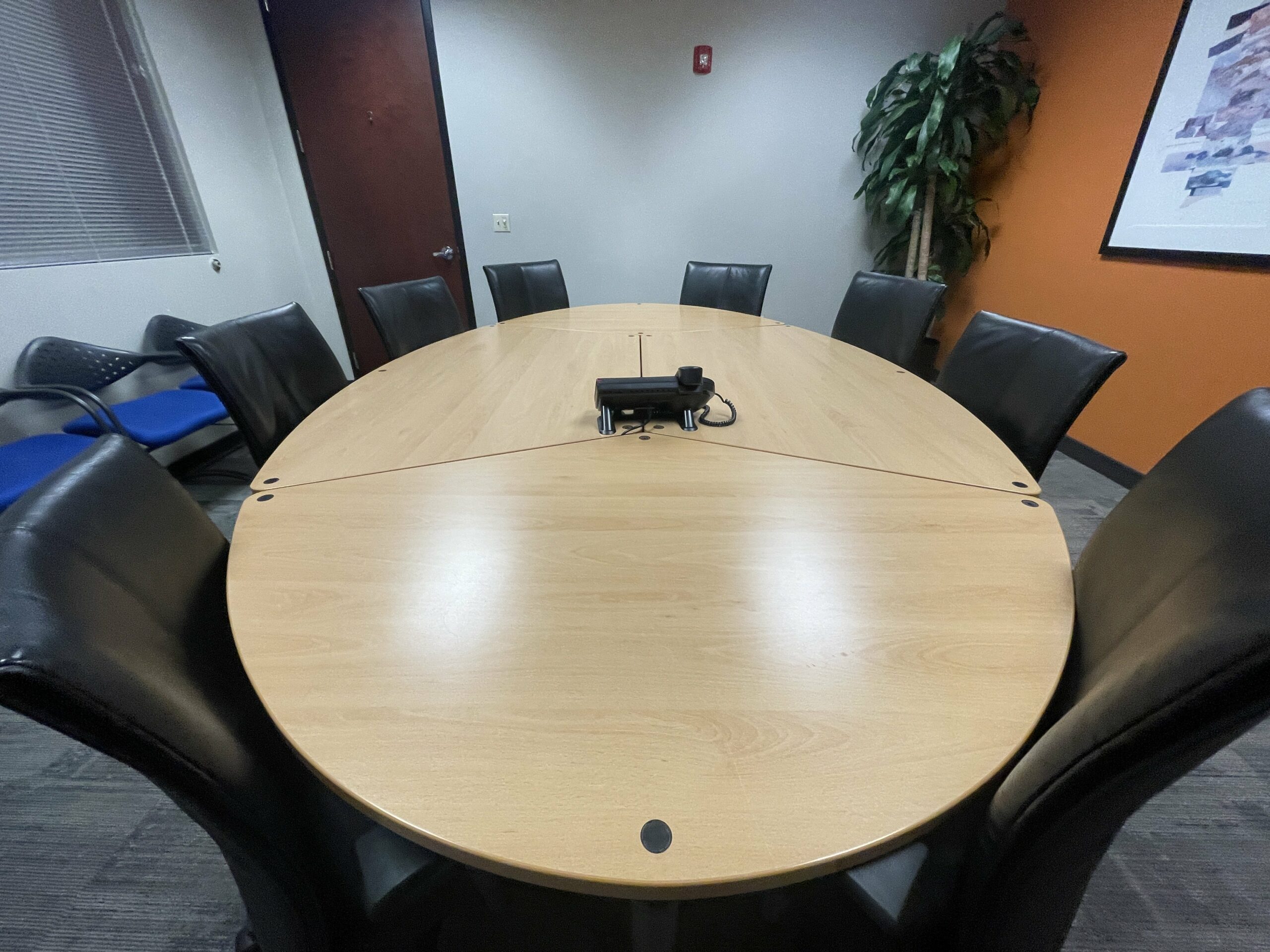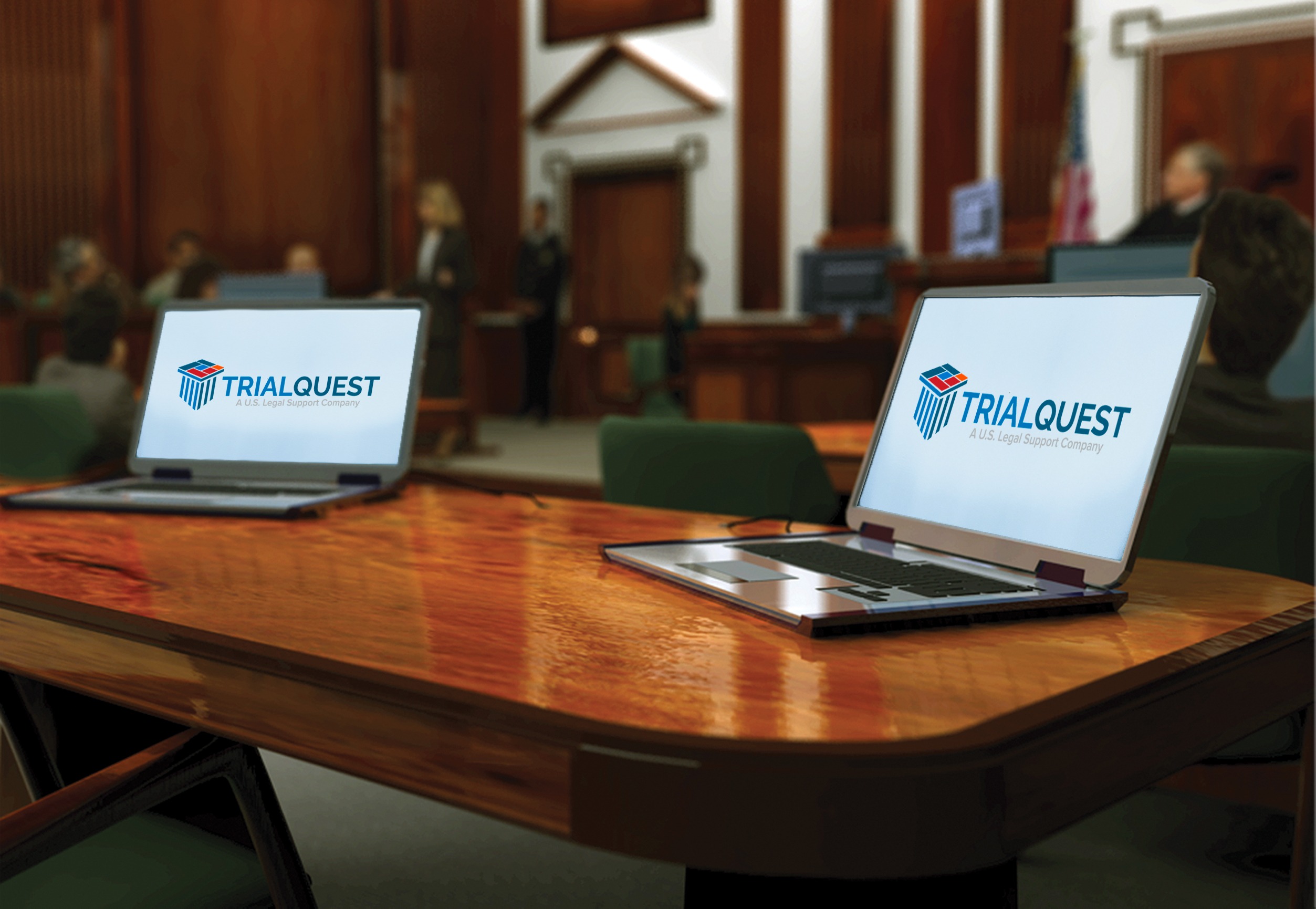Maximizing Effect in Court: The Power of Effective Test Presentations
The efficiency of trial discussions plays an essential role in shaping juror perceptions and influencing court end results. By understanding the details of target market involvement, lawyers can craft compelling narratives that reverberate on both intellectual and emotional levels. This involves not only the calculated usage of visual help and technology but also the mastery of delivery methods that record interest and foster connection. As we discover the elements that add to an effective presentation, the inquiry occurs: what certain techniques can lawyers employ to really optimize their influence in the courtroom?
Comprehending Your Audience
Recognizing your audience is a fundamental element of crafting an efficient test presentation. The ability to get in touch with jurors, courts, and various other guests can substantially affect the outcome of a case. To tailor your presentation successfully, it is crucial to assess the demographics, backgrounds, and mindsets of the audience. This understanding allows you to resolve their problems and frame your arguments in a fashion that reverberates with them.
Comprehending the target market's level of knowledge with the subject matter can assist the complexity of your descriptions. Lawful jargon might alienate an ordinary target market, whereas a much more technological approach might be appropriate for individuals with specialist legal experience.
Furthermore, the psychological element of your discussion should not be ignored. Involving storytelling and relatable examples can stimulate empathy and assistance jurors attach with your case on a personal degree. By adequately understanding your target market, you boost your ability to interact persuasively and inevitably improve the effectiveness of your trial presentation.
Structuring Your Story
Crafting a compelling story is vital to preserving the target market's involvement throughout the test presentation. A well-structured story not only aids in communicating the truths but likewise serves to humanize the situation, making it relatable and memorable.
Following, lay out the series of events in a sensible progression, using a beginning, center, and finish structure. Present the personalities included, highlighting their inspirations and conflicts. This method permits the jury to link emotionally with the story, fostering empathy for your customer's placement.
Integrate zero hours that show bottom lines, creating a rhythm that maintains interest. Use transitions properly to lead the target market through the narrative, strengthening the sensible links between each area.
Aesthetic Aids and Modern Technology
Incorporating visual help and innovation into trial presentations substantially enhances communication and understanding. Aesthetic aspects such as graphes, charts, and images can distill complex details into obtainable formats, assisting next in better understanding for jurors and judges. These tools aid to emphasize bottom lines, making disagreements much more convincing and unforgettable.
Making use of modern technology, consisting of presentation software and electronic displays, permits vibrant discussions that can capture the focus of the court. As an example, animations can show processes or timelines, while video clip evidence can bring context and emotional weight to a case. Additionally, real-time presentations can be performed to clarify technical facets or reveal the performance of evidence.
Additionally, integrating multimedia components right into a discussion can satisfy various learning designs, involving aesthetic, auditory, and kinesthetic learners alike. This variety in discussion methods can link gaps in understanding and cultivate an extra comprehensive court room atmosphere.
Nonetheless, it is crucial to make certain that these aids are made use of efficiently, staying clear of diversions or overwhelming the audience with excessive information. When made use of deliberately, aesthetic help and modern technology not only improve the narrative but also reinforce the lawyer's reliability and expertise in the court room.
Engaging Shipment Techniques


The performance of trial discussions is not entirely depending on aesthetic help and innovation; the manner in which the information is supplied plays a critical function in involving the court room target market. Involving delivery techniques can transform a mundane presentation right into an engaging story that records focus and cultivates understanding.
An audio speaker needs to change their tone, pitch, and volume to emphasize key factors and preserve the audience's interest. Including narration aspects can humanize complex realities, making them relatable and remarkable.

Incorporating interactive elements, such as asking questions or inviting juror participation, can also enhance engagement. Ultimately, a vibrant distribution not just shares info however likewise convinces and resonates, guaranteeing that the presentation leaves a lasting impression.
Technique and Comments
Mastery of test presentations pivots on the double columns of practice and responses. Rehearsing presentations not only bolsters self-confidence but additionally aids in recognizing prospective pitfalls, allowing for critical adjustments prior to the actual trial.

Incorporating both technique and comments right into preparation regimens guarantees that test presentations are not just rehearsed yet are dynamic and impactful (Trial Presentations). This repetitive process eventually grows an influential presence in the court, improving the likelihood of accomplishing favorable results for customers
Conclusion
Reliable trial presentations dramatically influence court room outcomes by improving juror involvement and comprehension. Comprehending the target market's prejudices, structuring narratives thoughtfully, and including visual aids are necessary strategies. Furthermore, using engaging delivery methods and devoting to strenuous practice makes sure that debates reverberate with jurors. The combination of these aspects promotes an effective link in between the lawyer and the jury, ultimately making best use of the impact of legal disagreements and enhancing the chance of favorable verdicts.